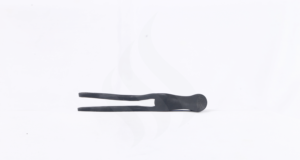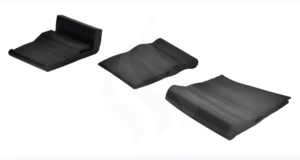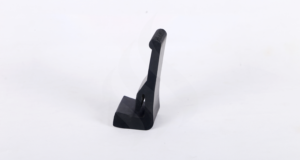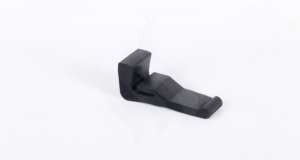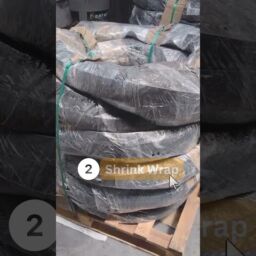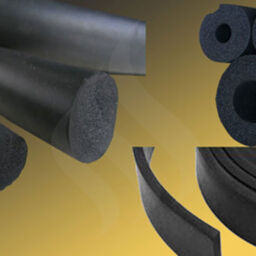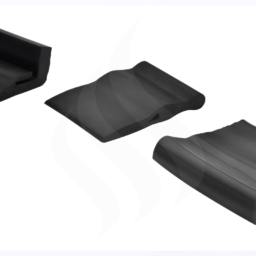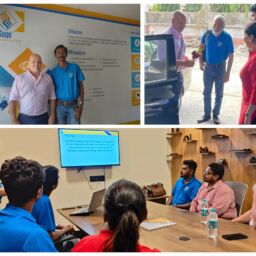
Large storage tanks are used throughout the chemical, oil and gas industry for the bulk containment of fluids, gases at different stages of the refinery process. Most often, the products are stored for a short time before being transported for further processing.
There are two most common types of tanks which are used for these applications:
- Fixed Roof Storage Tanks
- Internal Floating Roof Tanks (IFRT)
Fixed Roof Storage Tank
In this, the roof of the storage tank is fixed. This type of storage tank design minimizes the risk of structural failure and potential damage to the environment.
Floating Roof Storage Tank
This design of storage tank is used mainly where the material stored has a high volatility index. Such tanks are designed with a roof that floats on top of the liquid. The floating roof moves up and down as the level of liquid in the tank changes during emptying, filling or with the changes in temperature. A floating roof minimizes the amount of vapor between it and the liquid, leaving little space for evaporation and reducing vapor losses. In many older tanks, the floating roof is merely a large flat disc covering the surface of the liquid. However, in recent years, the design of internal floating roof tanks has substantially improved to minimize vapor loss.
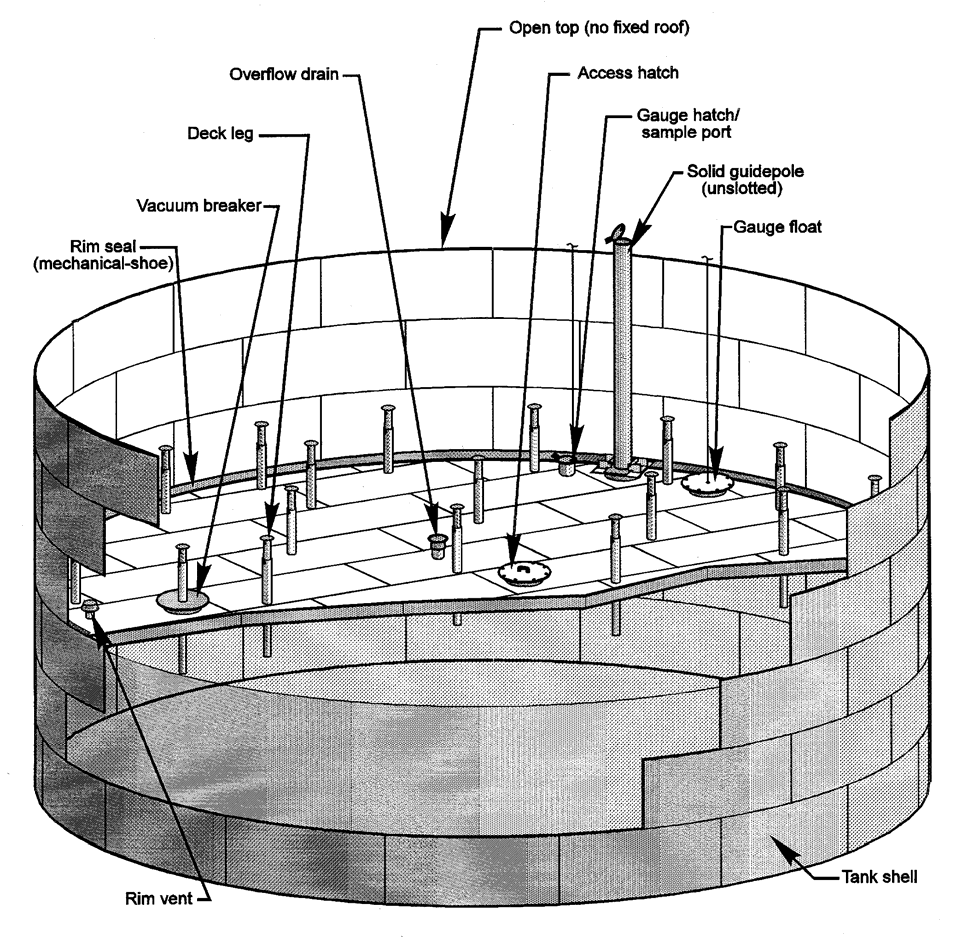
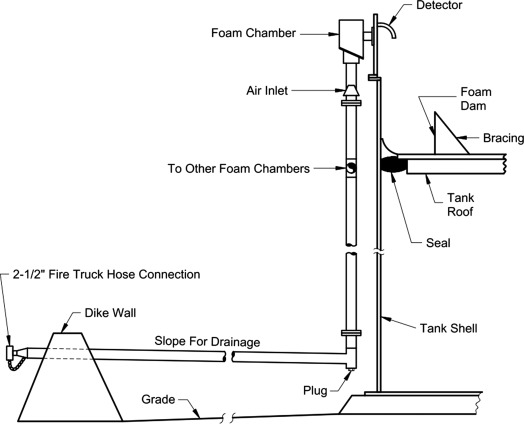
Illustrations: Internal Floating Roof Tank
Credit: Wikipedia
These floating roof storage tanks share many of the features as fixed roof tanks with a major difference of seals. There are two types of seals in the floating roof. The first one is primary seal which is normally made of metal. The secondary seal is called Wiper Tip for internal floating roof tank (IFRT). The rubber element of the secondary seal during its functionality is exposed to the following conditions:
- Upper side it faces exposure to weathering conditions –sunlight/ozone / rain all climatic conditions – hence it needs good ageing properties, resistance to ozone and sunlight.
- Lower side it is in contact with the liquid which the tank is storing along with volatile gases of the liquids stored – hence it needs good resistance to hydrocarbons /fuels.
- It abrades with the shell of the tank as the roof moves up and down and is physically clamped by bolts – hence it needs good abrasion resistance and sufficient tensile properties.
- The shape/profile of the seal is best decided by the tank seal system manufacturer.
Since the wiper tip for IFRT is constantly in connection with chemicals and gases, Nitrile is the better polymer material to be used for manufacturing of the Wiper Tip. Wiper Tip is a strip of nitrile rubber mixed with other polymers & is used to provide a seal between the rim of the floating roof and the tank shell to reduce vapor leakage.
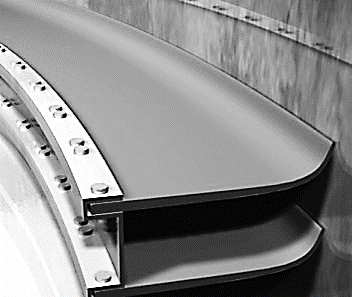
Wiper Tip
Now, how did we get into development of this Wiper Tip effectively and efficiently?
Here’s a snapshot of our experience for you.
About a decade back we had a new client who was scouting for long length nitrile profiles without any curvature. We did not have a microwave (CV) line at that time and the same were not too common in India then.
It was a rather big profile – about 125 mm in width and 20 mm thickness. They wanted straight lengths of minimum 15 meters. (Later on, understood this was Wiper Tip for Internal floating roof tank–which Team Saga now manufactures and exports)
Our autoclave had a length of 4 meters so obviously we could not make it in straight lengths. In tune with Team Saga’s second nature of facing and overcoming challenges, we accepted this order.
We prepared the required recipe & started conducting trials. About 1 month passed by without achieving any good result.
Here I think we made our first mistake of not keeping our customer in loop about all of the trials. The deadline for the project was nearing and we were under immense pressure to deliver. The second mistake was made when we manufacture the entire lot and dispatched it to the customer.
As soon as the customer received the material, he called up saying the entire material is unusable as there was too much of a curvature in it. During our meeting with the customer, we briefed them about our entire process and seeing our plight, customer was kind enough to go out of the way to accommodate us and somehow managed to salvage 50 % of the goods.
Team Saga then changed the recipe, took trials keeping customer informed and shared samples for approval. Team Saga could develop a system for making long lengths without any curvature in autoclave and did satisfy the customer with our consistent quality and moreover our enthusiasm to learn and implement.
We after this incidence invested in microwave (CV) line which ensures no curvature and gives us long lengths at a much better quality.
The key learnings from this case were
- Always keep the communication open with customer- Keep sharing exact progress status with the customer.
- Always first share sample, then send a pilot lot of a new product for approval.
Team Saga could achieve the best of the mentioned properties in its Nitrile /PVC blend compound to give best of the desired results (tested on the seal)
Team Saga now extrudes the Wiper Tip on our microwave (CV) line and can make lengths of 25 meters to minimise joints in the sealing system. Team Saga can extrude different shapes as per requirements.
Saga Wiper tip is especially suited for lightweight internal floating roofs of varying sizes. Saga wiper tip is compatible with 100% pure alcohols, M.T.B.E. and 70% aromatics; excellent hydrolytic stability ensures minimal chemical decomposition (hydrolysis) in water.
Team Saga also manufactured the Wiper Tips in FKM material for a super special requirement.
Features & benefits of Saga Wiper Tips
- High tensile strength
- Excellent abrasion resistance while maintaining a lightweight and flexible design.
- Offers vapor tight splicing options that maintain the integrity of the seal around the tank diameter.
- Wide range available
- Customization options available
Sample Test Report
We make Wiper Tips designed to various specs like:
| Sample description | Rubber sample | |
| Sample reference given by the Customer | Nitrile PVC Profile sample | |
| Test: | Test result | Specified Value |
| Hardness (Shore A) | 65 | 65+/- 5 |
| (ASTMD 2240) | ||
| Tensile Strength (MPa) | 9.75 | >9 |
| (ASTMD 412) | ||
| Elongation at break % | 460 | >200 |
| Angular tear (N/mm) | 36.83 | >30 |
| (ASTMD 624 Die C) | ||
| Specific Gravity % | 1.21 | 1.20 |
| (ASTM 297) | ||
| Abrasion resistance (mm3) | 75 | 200 |
| (ISO 4649) | ||
| Polymer content % | 50.52 | 50+/-2 |
| (ASTM 1131) | ||


